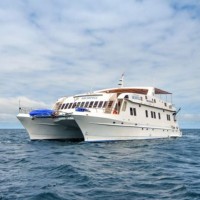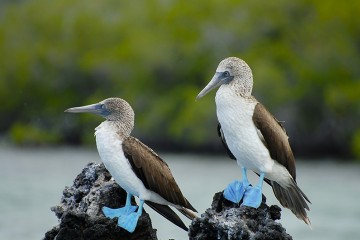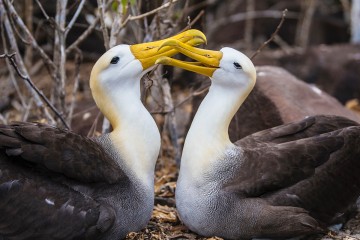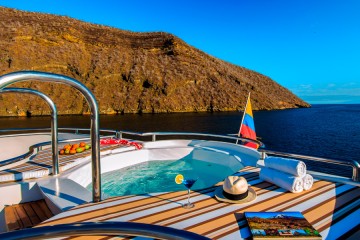Galapagos: Archipel I I 8 days
Tour Overview
Join us onboard the Archipel I for a wonderful week in the Galapagos.
This will give you a great overall taste of the Galapagos Island, from a circumnavigation of the Isabela Island in the west, to visits on Floreana Island in the south of the archipelago. Highlights include: the jurassic like landscapes of South Plaza, unique Santa Fe to look for Galapagos Hawks and the Santa Fe land iguana, and snorkelling with sea lions in Loberia. Discover the Galapagos Giant Tortoise when you visit the Charles Darwin Research Station in Santa Cruz, explore volcanos on Isabela Island, and untouched ecosystems on Fernandina.
There will be an array of wildlife to discover, beaches to swim from and time to relax and enjoy nature from the comfort of the 16 passenger Archipel I.
Ask us for other exciting itineraries on the Archipel I.
Viva's Best Bits...
Explore virgin Fernandina Island & isolated west coast of Isabela Island, as well as the not to be missed highlight South Plaza (land iguanas & giant cactus forest)
Witness Galapagos giant tortoises - visit the Charles Darwin Research Station in Santa Cruz and learn about breeding programs of emblematic Galapagos giant tortoises.
"One of my highlights was snorkelling with curious sea lions, turtles and colourful reef fish - there will be great opportunities to snorkel", Tara, Team Viva



